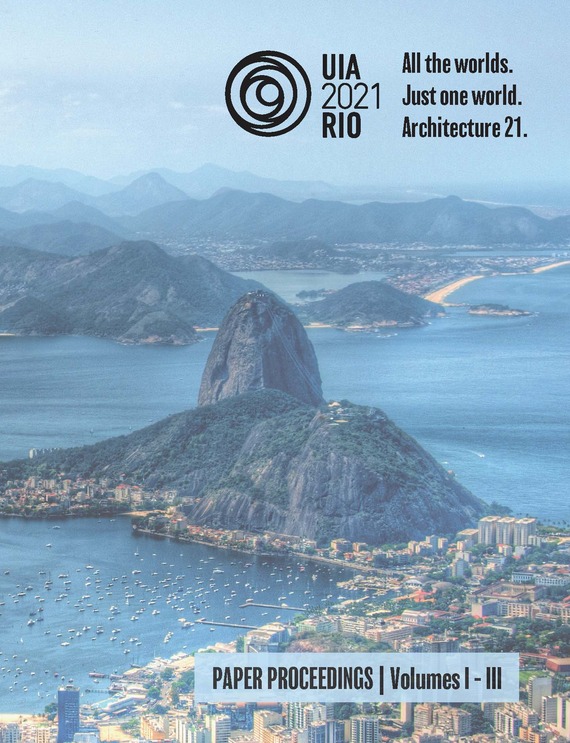Author(s): Michael Karassowitsch
This paper addresses how the public sphere as communicative realm may be component to supporting invulnerablity and equality in architectural practice. How does architecture support displaced and migrant people and those who they would newly integrate with in harmony? The contribution is to propose the public sphere as ground for architectural value such that architecturally prepared environments gain meaning by giving the public sphere measure. Without material measure, the public sphere may seem ‘invisible’. But architect’s inherent attention toward issues beyond daily life and the ‘natural attitude’ points to giving measure to dwelling in conscious awareness as architecture. Habermas’ bourgeois public sphere is taken as a ‘special’ public sphere that allows us to reveal an absolutely inclusive public sphere. We will define and describe this essential public sphere’s elements, based on Habermas’ Das Öffentlichkeit, including public and private space, and the “intimate sphere” of the individuals of whom these are made up, so that it may become a parameter of professional architectural practice. In giving measure to the public sphere, architectural practice must be inclusive of identity and aspiration and elements of spiritual practices, which implies that the profession may prioritize architectural value as practice responsible for well-being. This proposes practice that gives (built) measure to the full nature of humanity through publics influencing the public sphere that in turn influences as architecture allowing us to addresses the vulnerablity felt in non-architectural environments. The salient result is loci of architecture grounded in absolute inclusivity that supports invulnerablitiy and equality.
Volume Editors
ISBN
978-1-944214-31-9

 Study Architecture
Study Architecture  ProPEL
ProPEL 
